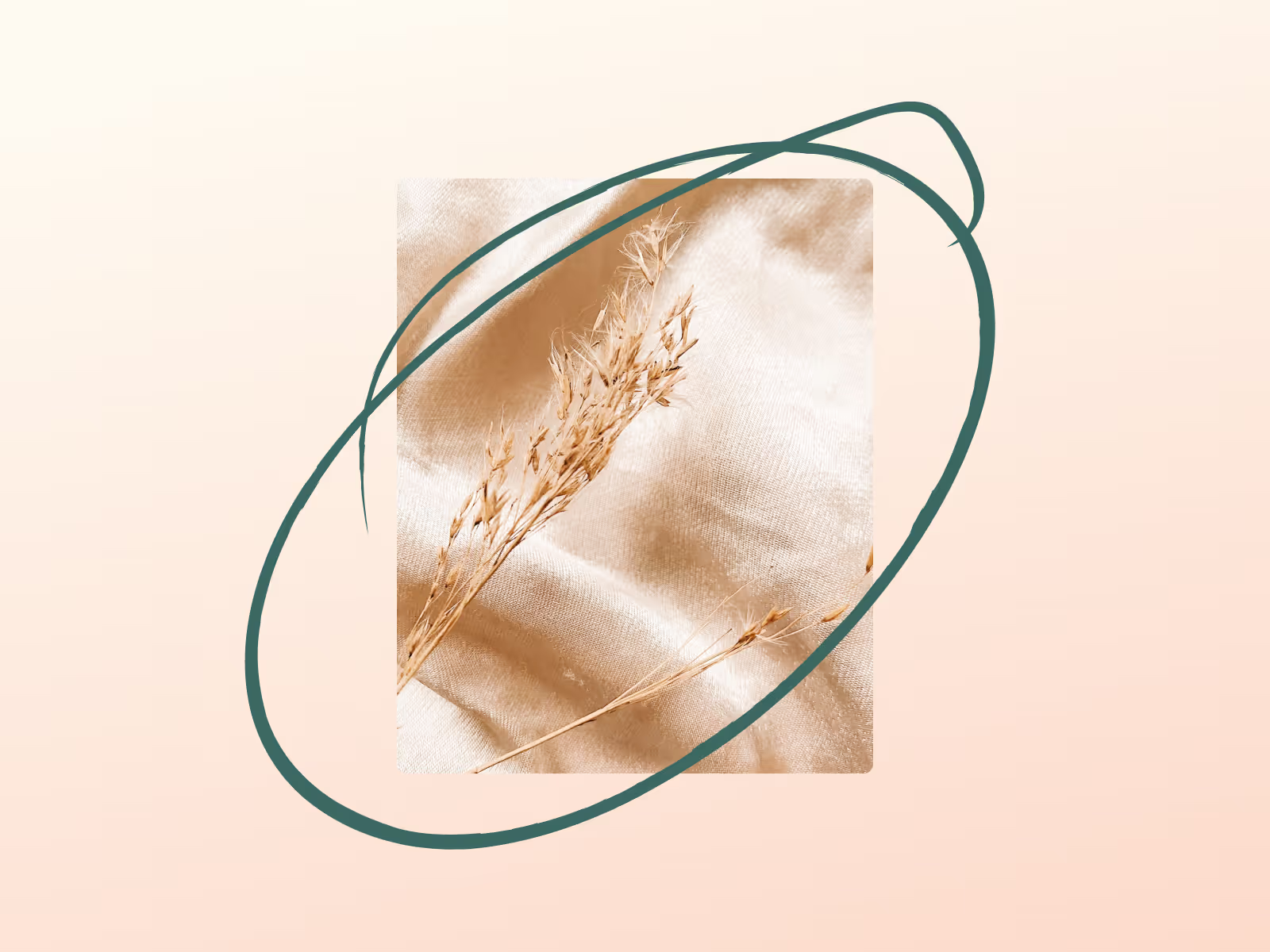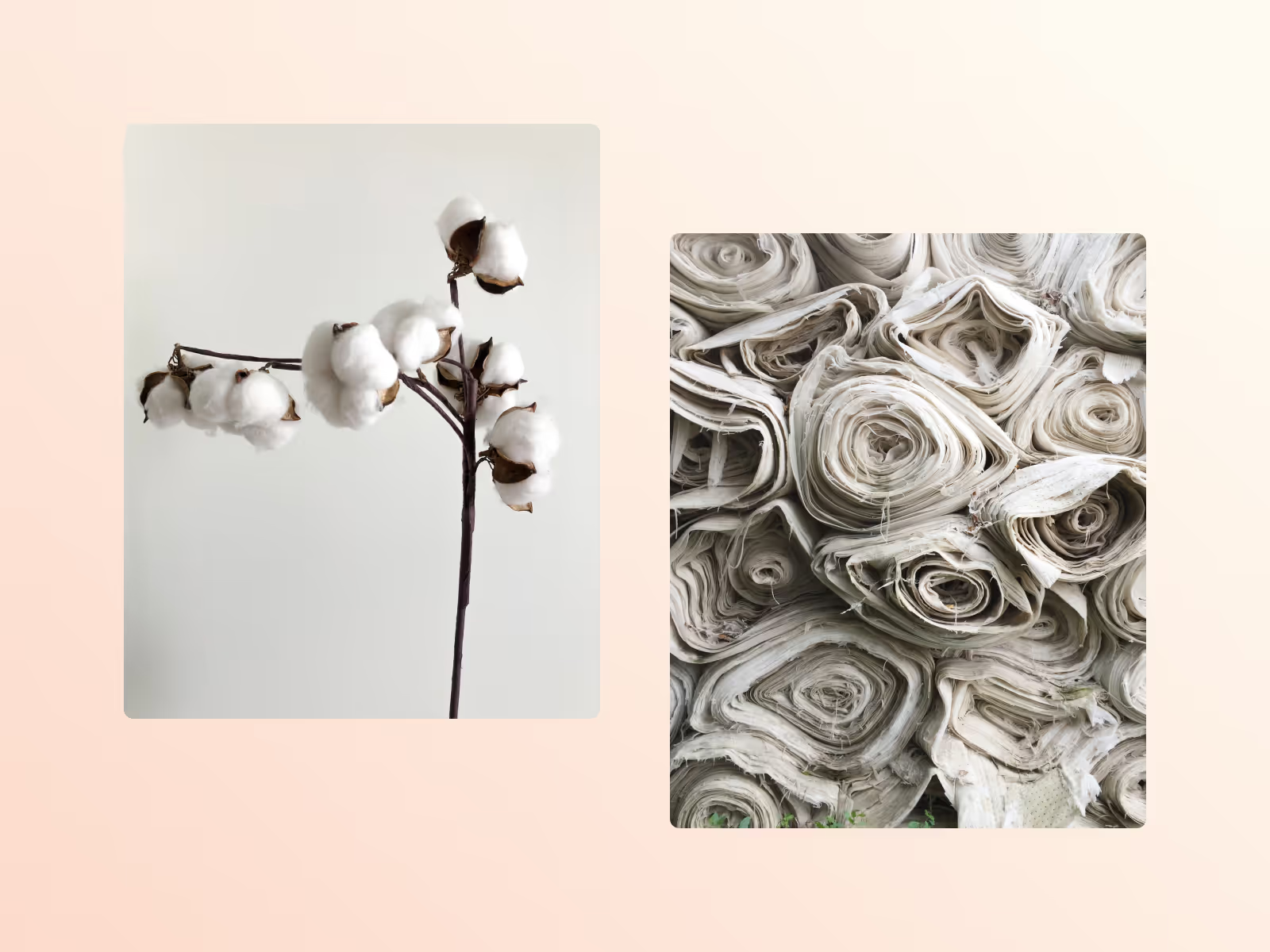What is linen fabric?
Linen is a popular natural-fibre fabric that comes from the flax plant. Linen is a very strong, lightweight, and highly absorbent fabric. And probably most know for how it regulates temperature and keeps you cool in warm weather.
It's one of the oldest known fibres — dating back to 8000BC! The word linen originally comes from the Latin word for flax — “linum usitatissimum”.
It's heavily used through the textile industry. Most commonly used for curtains, bedsheets, rugs, towels, table clothes, and most types of clothing. The natural plant fibres are extracted, spun into yarn, and woven to make linen fabric.
What is the difference between cotton and linen?
Both cotton and linen are made from natural fibres. Linen is a more lightweight fabric and typically more durable than cotton. Some times up to three times stronger than cotton.
Cotton is initially softer than linen — though linen gets softer after each wash. Linen dries much faster than cotton which makes it perfect to wear in hot weather.
Linen is moth resistant and anti-bacterial — which means bacteria have a hard time sticking around. So your clothes will stay fresher for longer. Read our organic cotton guide for more detail.
Is linen environmentally friendly?
Linen uses a lot less water than cotton. Not very surprising, as cotton is the thirstiest crop in the world.
It needs fewer pesticides to grow well. And it's fully biodegradable if left untreated or dyed. Even though fewer pesticides are needed — it doesn't mean that's always the case.
To be sure look out for organic certifications like the Global Organic Textile Standard (GOTS) or for brands that are transparent about their supply chains.
What are the disadvantages of linen?
It creases very easily which can give the fabric a crumpled look. Be sure to keep your iron handy.
A more limited choice of colours — you'll most commonly see natural tones and colours.
This is down to how the fibres are processed. Heavy, chemical, bleaching processes are needed to get pure white linen. So it's usually best to go for natural-looking colours.
What country does linen come from?
It doesn't matter where you are — linen will be a naturally grown fibre. It's most common in Western Europe, but also throughout Asia and the USA. Some of the highest quality linen fabric comes from Ireland, Italy and Belgium.
How do you wash linen?
You can wash linen in your washing machine — it's not essential to hand wash. The fabric will soften after each wash. Though just like cotton — linen can be prone to shrinking.
Some brands will pre-wash garments to account for this shrinkage. Though it's usually a good idea to wash linen in cold water.







